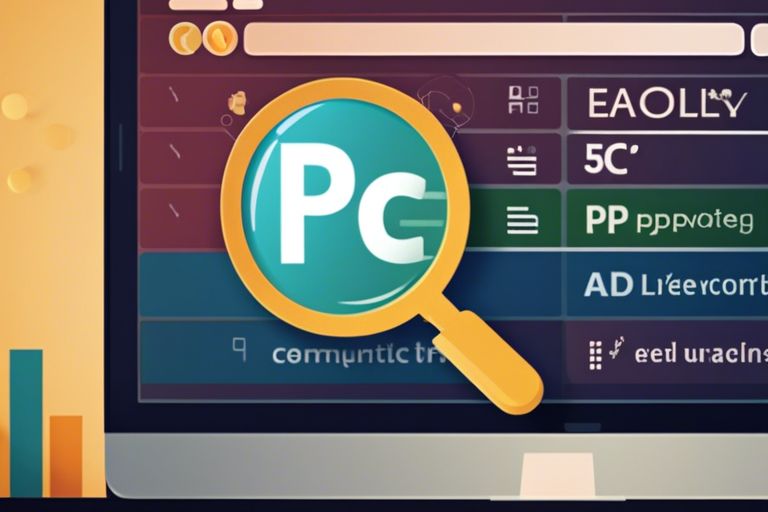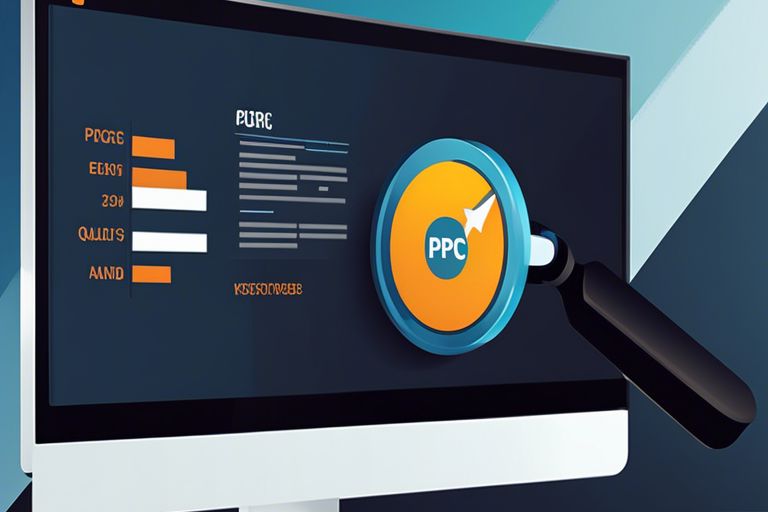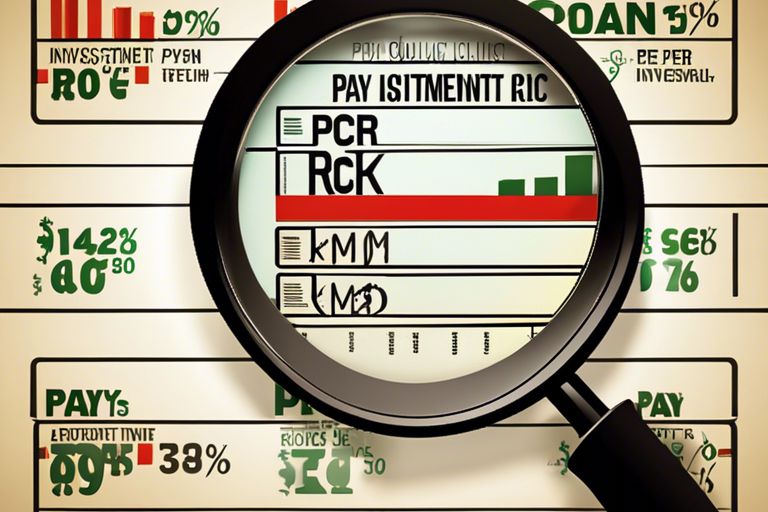Most digital marketers are familiar with PPC advertising, but not everyone fully understands the crucial role that Quality Score plays in the success of their campaigns. Quality Score, a metric used by search engines like Google to determine the relevance and effectiveness of your ads, directly impacts the cost and placement of your ads. In this article, we will probe into why Quality Score is so important in PPC and how you can improve it to maximize the performance of your campaigns.

Key Takeaways:
- Quality Score is Crucial: The Quality Score in PPC is a vital metric that impacts ad rank, ad performance, and cost-per-click.
- Factors Influencing Quality Score: Various factors like keyword relevance, ad relevance, landing page experience, and historical performance contribute to the Quality Score.
- Optimizing Quality Score: By improving ad copy, targeting relevant keywords, and enhancing landing page experiences, advertisers can boost their Quality Scores and ultimately achieve better results in their PPC campaigns.
The Importance of Quality Score in PPC
Definition and History
One of the key components of any PPC campaign is Quality Score. Quality Score is a metric used by search engines like Google to rate the quality and relevance of your keywords and PPC campaigns. It was first introduced by Google AdWords in 2005 to improve the user experience by ensuring that ads shown are relevant to what users are searching for.
How it Affects Ad Rank and Cost
On the surface, Quality Score may seem like just a number between 1 and 10, but its impact on your PPC campaigns is profound. Quality Score directly affects your ad rank in the search results and the cost you pay per click. Ads with higher Quality Scores are ranked higher and can achieve better ad positions at lower costs per click.
Ranking higher in search results means more visibility for your ads and potentially more clicks, leading to better ROI for your PPC campaigns. Additionally, lower costs per click allow you to stretch your advertising budget further and achieve better results with the same investment.
Benefits of a High Quality Score
Some experts in the field of PPC campaigns emphasize the critical role of Quality Score for successful advertising initiatives.
Increased Ad Visibility
To enhance ad visibility, a high Quality Score is imperative. Ads with a high Quality Score are more likely to appear at the top of search engine results, increasing the likelihood of clicks and conversions.
Lower Cost-per-Click
Increased cost-per-click can drain your advertising budget. By maintaining a high Quality Score, you can experience lower costs for each click, making your advertising campaigns more cost-effective.
Benefits of a lower cost-per-click include being able to reach a larger audience for the same budget, increase profitability, and outbid competitors without breaking the bank.
Improved Conversion Rates
Score high on Quality Score and you’ll notice improved conversion rates. Quality Score impacts not only ad position but also the likelihood of users clicking on your ad and taking the desired action once they land on your website.
The result is a higher return on investment as your ads are more targeted to the right audience, leading to increased conversions and ultimately, more sales or leads for your business.
Factors Affecting Quality Score
Despite the simplicity of Quality Score being a metric ranging from 1 to 10, several complex factors influence its calculation. Understanding these factors is crucial for optimizing your PPC campaigns and achieving better results. Any comprehensive guide on Quality Score, like the Ultimate Guide to Google Ads Quality Score, can provide detailed insights into these factors.
Keyword Relevance
An important component of Quality Score is keyword relevance. Ensure that your chosen keywords align closely with your ad copy and landing page content to improve your score. Conduct thorough keyword research and create targeted ad groups to enhance relevance and boost performance.
Landing Page Experience
Landing pages play a significant role in determining Quality Score. A seamless user experience, relevant content, and fast loading times can positively impact your score. Improve your landing page experience by optimizing for mobile devices, creating clear calls-to-action, and providing valuable content to users.
Relevance is key when it comes to landing page experience. Search engines prioritize websites that offer relevant and valuable content to users. By aligning your landing page content with the user’s search intent and providing a seamless browsing experience, you can improve your Quality Score and drive better results for your PPC campaigns.
Ad Copy and Extensions
On the ad level, the relevance and effectiveness of your ad copy and extensions can influence your Quality Score. Craft compelling ad copy that includes relevant keywords and a strong call-to-action. Utilize ad extensions like sitelinks, callouts, and structured snippets to provide additional information to users and improve ad performance.
To enhance your Quality Score through ad copy and extensions, focus on creating highly relevant and engaging ad content that resonates with your target audience. By incorporating relevant keywords, compelling messaging, and strategic ad extensions, you can increase click-through rates and drive more conversions for your PPC campaigns.
Strategies for Improving Quality Score
Not What Is Quality Score, And Why Is It Important?
Optimize Ad Groups and Keywords
With careful optimization of ad groups and keywords, you can improve your Quality Score significantly. Ensure that your keywords are relevant to your ads and landing pages to enhance the user experience and boost your Quality Score.
Enhance Landing Page User Experience
On your landing pages, focus on creating a seamless and intuitive user experience. Make sure the landing pages are relevant to the ads and provide valuable information to visitors. A positive user experience will not only improve your Quality Score but also increase conversions.
Strategies for enhancing the landing page user experience include improving page load speed, making the call-to-action clear and compelling, optimizing for mobile devices, and ensuring relevant content.
Refine Ad Copy and Extensions
With well-crafted ad copy and extensions, you can capture the attention of your target audience and improve your Quality Score. Make sure your ads are compelling, relevant, and include relevant keywords. Utilize ad extensions to provide additional information and entice users to click on your ads.
The quality of your ad copy and extensions can have a significant impact on your click-through rate and ultimately your Quality Score. By continuously testing and refining your ad content, you can improve your overall PPC performance.
To wrap up
Now, understanding the importance of quality score in PPC is crucial for any digital marketer looking to maximize their advertising efforts. By focusing on improving quality score, businesses can achieve higher ad placements, lower costs, and ultimately, drive better results for their campaigns. It’s not just about bidding higher; it’s about creating relevant and engaging ads that resonate with your target audience. So, take the time to optimize your quality score and watch your PPC performance soar.
FAQ
Q: What is Quality Score in PPC?
A: Quality Score is a metric used in pay-per-click (PPC) advertising platforms, such as Google Ads, to measure the quality and relevance of your keywords and ads. It is an important factor that determines your ad rank and cost-per-click.
Q: How is Quality Score calculated?
A: Quality Score is calculated based on a combination of factors, including click-through rate (CTR), ad relevance, landing page experience, and the historical performance of your account. By improving these factors, you can increase your Quality Score.
Q: Why is Quality Score important in PPC?
A: Quality Score plays a crucial role in the success of your PPC campaigns. A higher Quality Score can lead to lower costs, higher ad positions, and better ad placements. It also helps ensure that your ads are shown to the right audience, ultimately improving your campaign’s performance and ROI.





